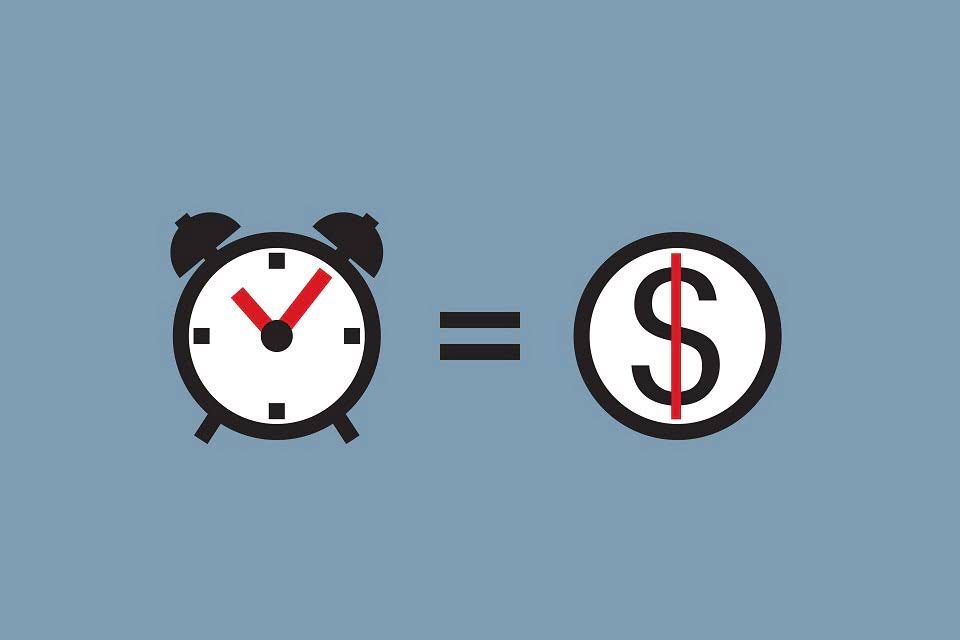7 1 Accounts Receivable and Net Realizable Value Financial Accounting

To calculate the NRV of receivables, subtract the estimated allowance for doubtful accounts from the gross accounts receivable. For example, if gross receivables are $100,000 and doubtful accounts are $10,000, the NRV of receivables is $90,000. https://www.bookstime.com/ can also refer to the aggregate total of the ending balances in the trade accounts receivable account and the offsetting allowance for doubtful accounts.

Market Demand
However, inventory i2 and the preparation cost to sell this inventory i2 remain the same at $70 and $30, respectively. Fortunately, calculating net realizable value is relatively straightforward. This means that you do not need to use a net realizable value calculator in order to gain access to this vital information.
Understanding Net Realizable Value (NRV)

She holds a Masters Degree in Professional Accounting from the University of New South Wales. Her areas of expertise include accounting system and enterprise resource planning implementations, as well as accounting business process improvement and workflow design. Jami has collaborated with clients large and small in the technology, financial, and post-secondary fields. Our AI-powered Anomaly Management Software helps accounting professionals identify and rectify potential ‘Errors and Omissions’ throughout the financial period so that teams can avoid the month-end rush. The AI algorithm continuously learns through a feedback loop which, in turn, reduces false anomalies. We empower accounting teams to work more efficiently, accurately, and collaboratively, enabling them to add greater value to their organizations’ accounting processes.
What can Net Realizable Value tell you about your business?

Net Realizable Value NRV is a commonly used technique for valuing assets based on how much money it will generate upon its eventual sale. In short, it measures the liquid value of a receivable account or inventory.Net Realizable Calculations can help business owners determine how much new sales and revenue can be expected from their current assets. Regarding inventory management, your net realizable value determines the inventory’s liquidation value. There are many official regulations that businesses must adhere to when it comes to accounting reporting. This interacts with your net realizable value calculations, as you must make the most conservative estimates when calculating your asset values.
Key components of NRV
The point of using the net realizable value is to recognize the difference in costs for each nearly identical product, which will better equip the business to decide what to price each of their products. Toward the end of the process, the baskets will no longer be identical due to the different design ideas that customers have requested to add to their baskets. As we can see, the business will incur different costs depending on the customer’s demands. The important thing here is that sometimes, due to unfortunate circumstances, there could be an uncollected amount that should have been counted in the accounts receivable.
Net Realizable Value Formula
NRV for accounts receivable is calculated as the full receivable balance less an allowance for doubtful accounts, which is the dollar amount of invoices that the company estimates to be bad debt. Since NRV abides by the conservatism principle of accounting, it uses the most conservative approach to estimate value. This prevents the value of the item(s) from being overstated on financial statements. This helps businesses determine the net amount they can expect to receive net realizable value from selling an asset after accounting for any additional costs involved in the sale. Now that you have access to both of the figures outlined above, it is time to deduce your selling cost or allowance for doubtful accounts from your expected selling price or FMV. If you look at the formula, it is worth mentioning that to get the estimated selling price, you should find out how many products you have multiplied by the selling price of each good to get the total.
Lower of cost or market (LCM) rule
It is used in the determination of the lower of cost or market for on-hand inventory items. The deductions from the estimated selling price are any reasonably predictable costs of completing, transporting, and disposing of inventory. As mentioned above, the net realizable value is a conservative method; its goal is to use the least profitable method when doing accounting work. This means we cannot use the sale price of the basketballs; instead, we use the expected selling price of the relevant market.
Step two: Deduct expected disposal costs.
- Delivered as SaaS, our solutions seamlessly integrate bi-directionally with multiple systems including ERPs, HR, CRM, Payroll, and banks.
- This proves that a company’s strategy and commitment to collecting these debts can influence its NRV.
- If appropriate decisions are to result based on this information, both the preparer and the reader need an in-depth knowledge of U.S.
- As mentioned above, NRV is also used for accounts receivable balance.
- NRV is used to allocate previous joint costs to each of the products.
- No matter which method you use to find the NRV, the value you find must fit the conservative method of accounting reporting.